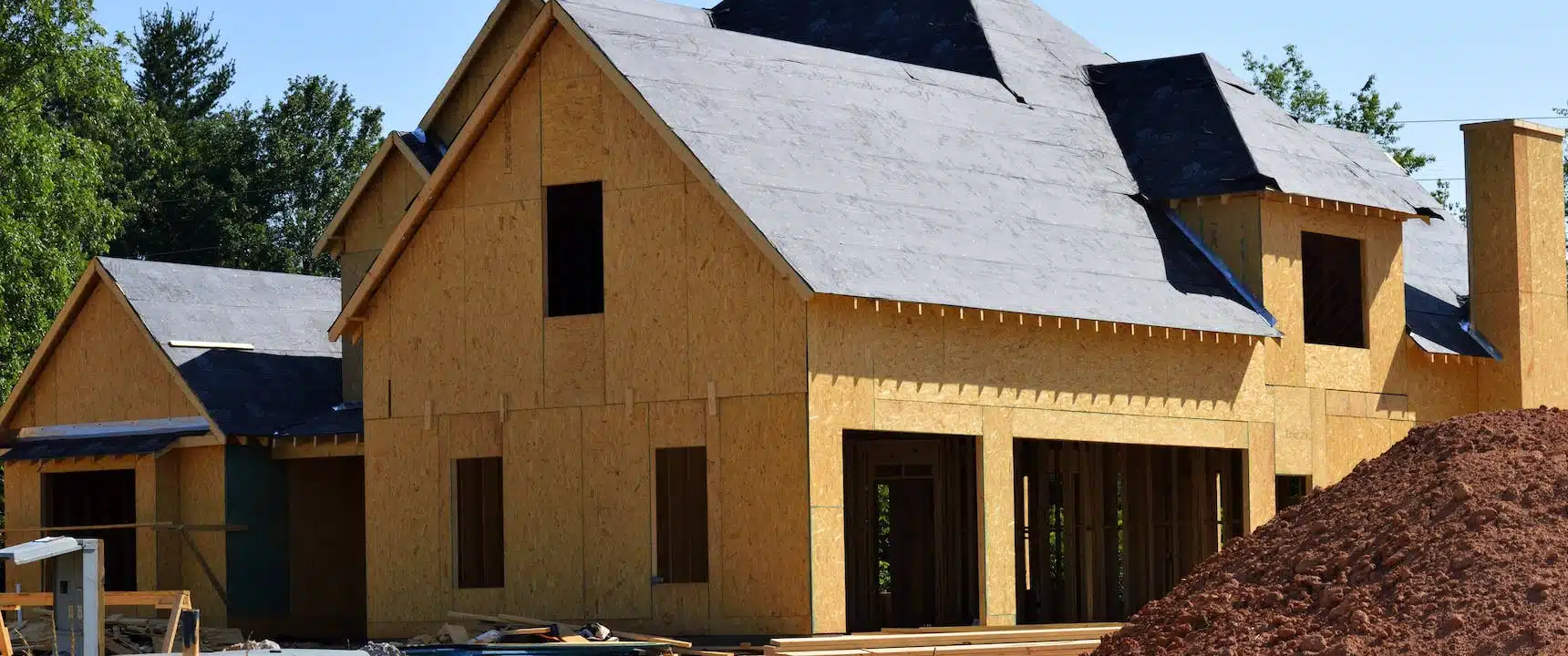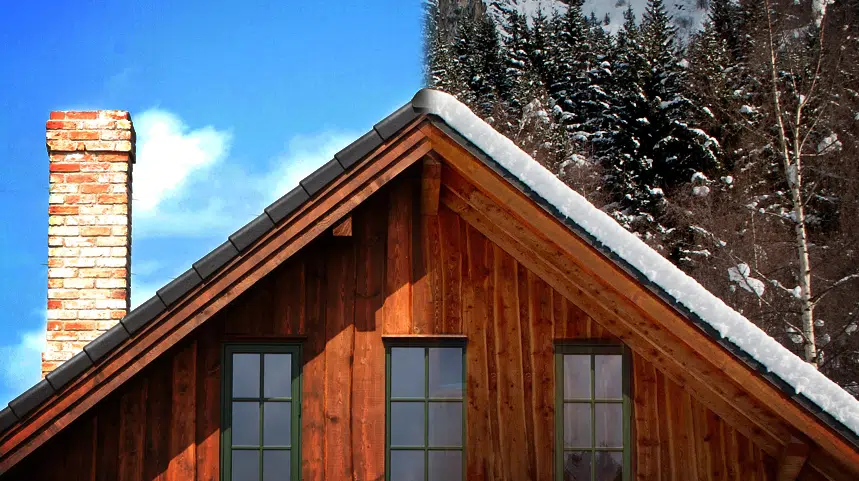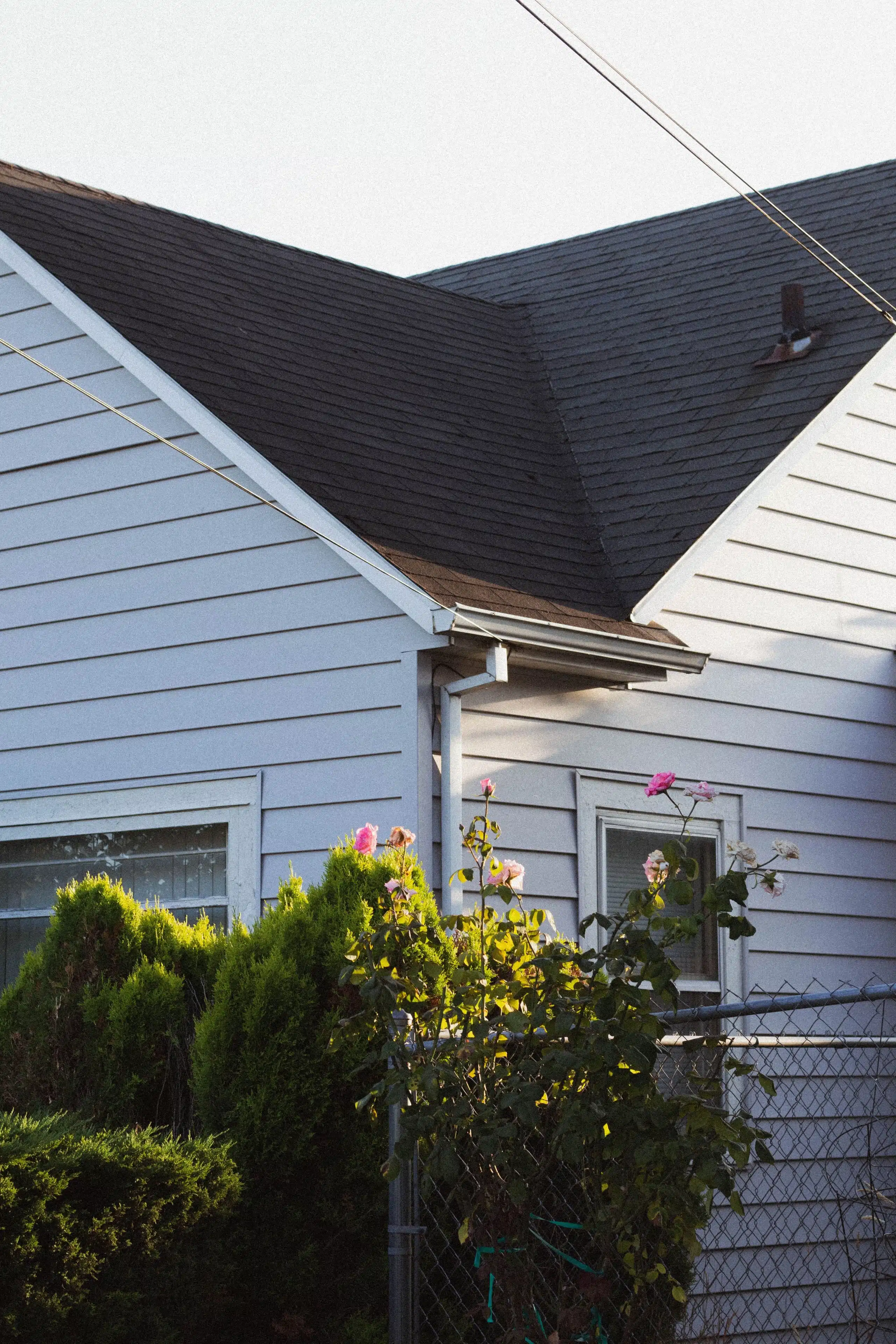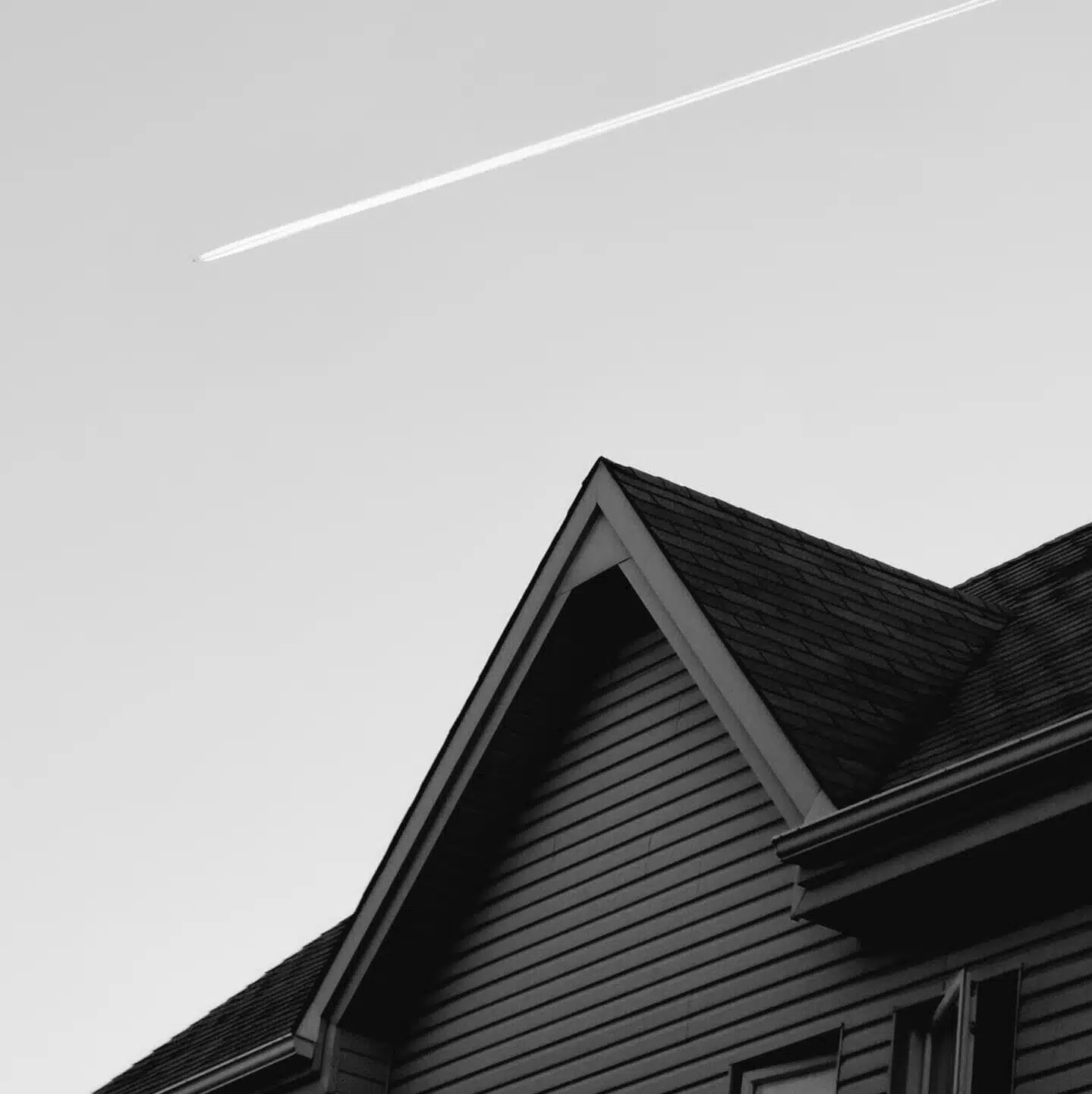
Whether it’s a new construction or just a new roof, you want it to last as long as possible. So …

Not only can knee-deep white powder be an obstacle on the ground, it could be a mounting concern on your roof. Houses in the northern United States are typically built with steep-sloping roofs, which will help snow slide right off the top of your house. If snow starts to stick, however, your roof will be at risk of collapsing. At what point is enough, enough?
The Insurance Institute for Business & Home Safety says 20 pounds per square foot of roof is about all a house can handle. To put it in perspective, 10 to 12 inches of new snow is equivalent to one inch of water, or about five pounds per square foot of roof. That means a four-foot snowfall is nearing the maximum weight limit before your roof is at serious risk.
When you’re cooped and cuddled up inside for a few days, it’s easy to forget the threat that lurks outside. Lots of snow may gradually move off your sloped roof, but even packed-down snow can be problematic. Three to five inches of old snow is also equal to one inch of water (or five pounds per square foot). In the event that it snows for a few consecutive days, you could be looking at upwards of 60 pounds per square foot sitting overhead. No roof is meant to carry that capacity.
When coupled with sleet, rain or ice, snow accumulation gets denser and heavier. It’s important to be mindful of this extra water weight on your roof not just for the pressure it applies, but for the moisture damage it can cause. When heat escapes your house, ice and snow begin to melt. The result is water running down your roof, where it can potentially refreeze and clog your gutters. If snow continues to melt and your gutters are blocked, the runoff will have nowhere to go but under your roof shingles. You’ll know you’re in trouble when water starts dripping from your ceiling.
To help minimize the risk of your roof collapsing, grab a low-cost roof rake and safely remove accumulated snow. (Tip: rake your roof first, so you don’t end up shoveling your driveway twice.) You can also reduce heat escape by properly insulating your attic. Regularly cleaning your gutters is another homeowner honey-do that offers a high return on your time investment. And don’t forget other structures, such as detached garages and backyard sheds. These often don’t have well-sloped tops. Remember: with a clear roof, clean gutters and a cozy home, you – and your house – will be able to weather all kinds of winter weather.

Whether it’s a new construction or just a new roof, you want it to last as long as possible. So …

Roof leaks can develop overnight. For example, if there is a major storm or other emergency event that causes damage, …

The cost of a new roof in Texas will depend on the size of the home, the type of materials …

The threat of water damage is ever-present, constantly testing your roof’s resilience. Small cracks, weathered seams, and aging materials can …

The weather in Central Texas can bring it all – intense heat, severe storms, tornados and even hail. Your roof …

Spoiler alert: Yes! Yes, a leaking ceiling can collapse, and no, you don’t want to be there when it happens. Rather, you never …